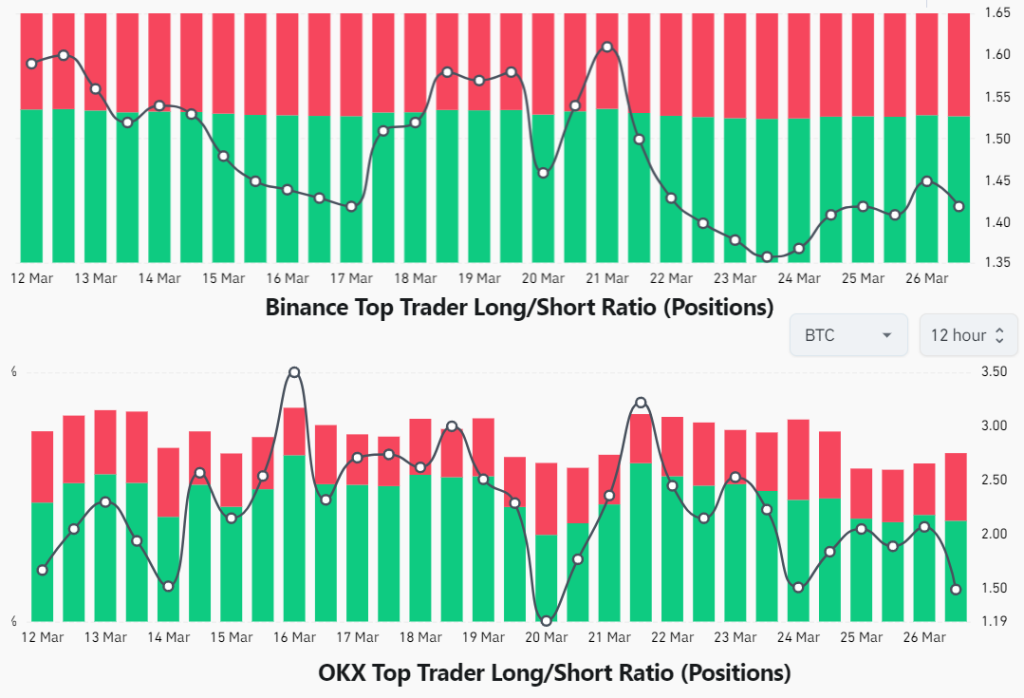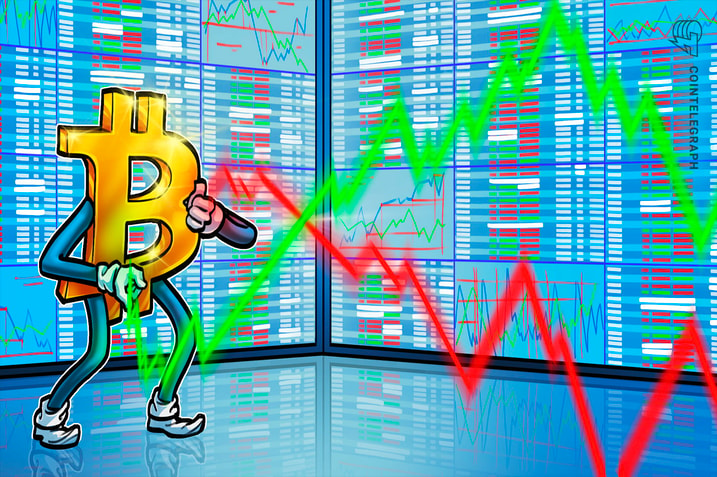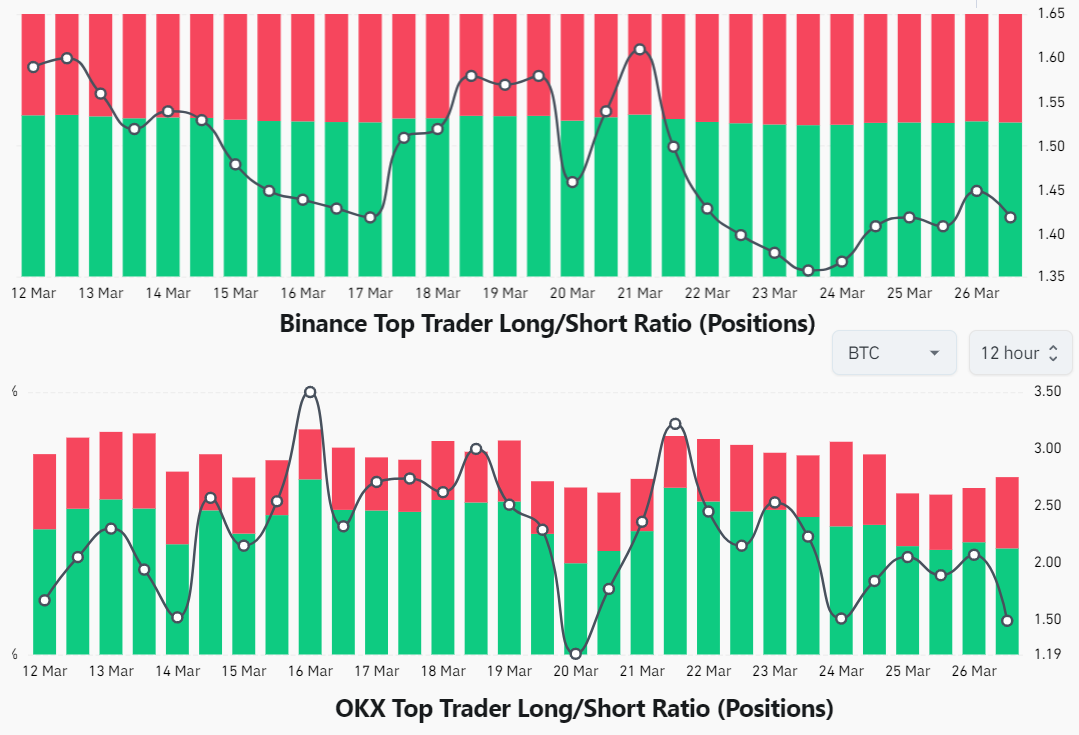Bitcoin price falters as macroeconomic and regulatory headwinds mount

Bitcoin price reversed course at the $71,000 level as professional traders’ confidence began to waver.

Bitcoin (BTC) price faced a moderate correction to $68,430 on March 27 after failing to break above the $71,000 mark. Data from Bitcoin derivatives data reveal a decline in bullish sentiment among professional traders over the past week, which could possibly indicate that the $69,000 level will not hold.
Bitcoin spot ETF inflows will be decisive for BTC’s price
Despite a rally from $63,800 to $70,000 in the five days leading up to March 27, only $151 million in leveraged short positions were forcibly closed in the BTC futures markets. This suggests that bears remained cautious, even in light of last week’s significant $888 million net withdrawal from U.S. Bitcoin spot exchange-traded funds (ETFs).
On a positive note, Bitcoin has demonstrated resilience by recovering from a 17.6% drop from $73,757 on March 14 to $60,795 on March 20 without causing panic among spot ETF investors. However, some market observers argue that the primary driver behind BTC reaching a new high before the April Bitcoin halving was the unexpectedly high inflows into spot ETFs, highlighting the importance for bulls to monitor such trends.
A positive for Bitcoin enthusiasts, this week saw a reversal in spot ETF flows, with a total of $418 million in net inflows recorded on March 26. Crucially, this was not due to reduced outflows from Grayscale’s GBTC, indicating genuine institutional demand even as Bitcoin’s price lingered just 4% below its peak. However, this does not assure professional traders that $69,000 will serve as a support level.
Analysts can discern whether whales and arbitrage desks are adopting a bullish or bearish stance by analyzing aggregated positions across spot, perpetual, and quarterly futures contracts.

On Binance, the long-to-short ratio among professional traders was 1.50, favoring long positions on March 22, a figure that has slightly decreased to 1.42 currently. On OKX, the sentiment was much more bullish on March 22, with a long-to-short ratio of 3.22, a sentiment that has since diminished, with the ratio currently at 1.49 in favor of longs. This indicates a notable reduction in optimism among top traders, despite the 9.5% price increase during the period, suggesting other factors may be dampening bullish sentiment.
Global economic concerns and mixed market signals impact Bitcoin price
Some analysts argue that the global economic downturn is impacting Bitcoin’s performance, particularly after the S&P 500 index could not maintain its all-time high of 5,320 achieved on March 21. The uncertainty surrounding the U.S. Federal Reserve’s interest rate decisions for 2024 is causing investors to lose confidence; rate cuts are generally seen as positive for risk-on assets like Bitcoin. According to the CME FedWatch Tool, which reflects the expectations of the fixed-income markets, there’s only an 8% chance of a rate cut at the Federal Reserve’s May 1 meeting.
Furthermore, analysts caution that a Fed rate cut may signal troubles rather than prosperity. Paul Hickey, co-founder of Bespoke Investment Group, shared his concern over the lack of earnings growth posing the greatest risk to the stock market. He also highlighted worries about the overemphasis on artificial intelligence, which has significantly propelled the stock market’s recent gains.
Related: Massive Bitcoin consolidation sparks sell-side liquidity concerns
Data on Bitcoin’s top traders indicates a decrease in the preference for leveraged long positions, differing from an increase in bears’ comfort. This shift may stem from simultaneous all-time highs in diverse asset classes, including gold, U.S. stocks, Bitcoin, Japan’s Nikkei 225 index, and live cattle, suggesting market anticipation of a weaker U.S. dollar against scarce resources.
The diminished interest in leveraged BTC longs should not alarm investors, nor a signal that Bitcoin will trade below $69,000, as it likely reflects broader economic recession concerns and external pressures, such as the U.S. Justice Department’s charges against KuCoin exchange on March 26 and the European Parliament’s committee discussions on limiting cryptocurrency payments from self-hosted wallets.






Responses